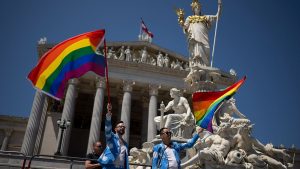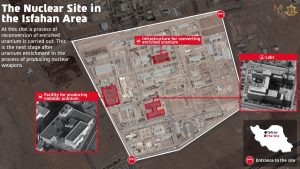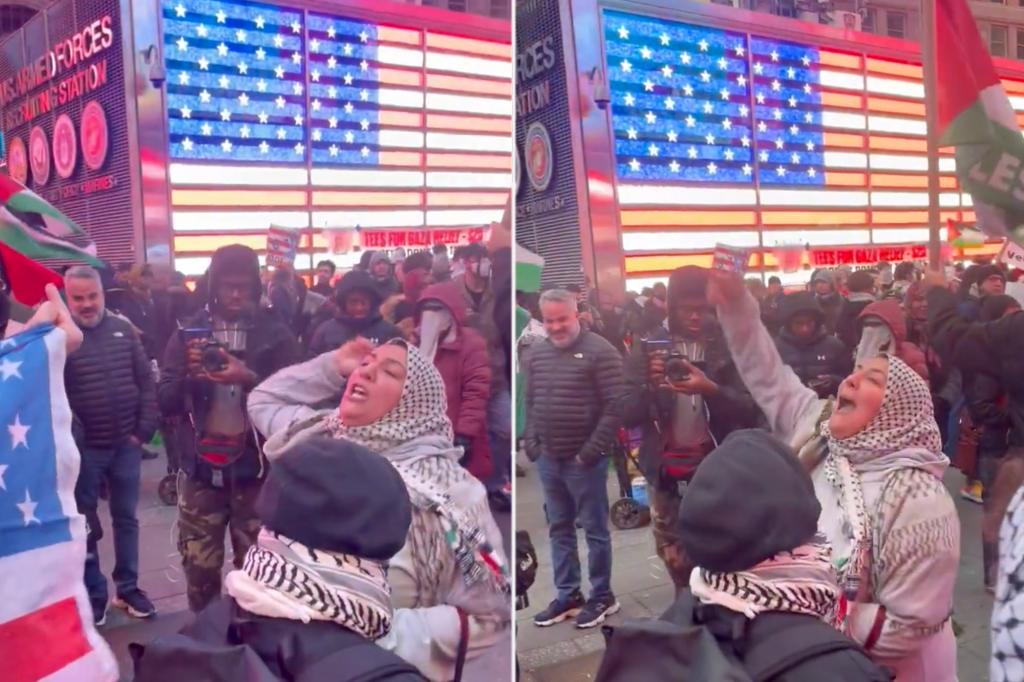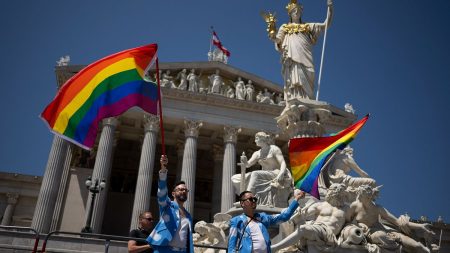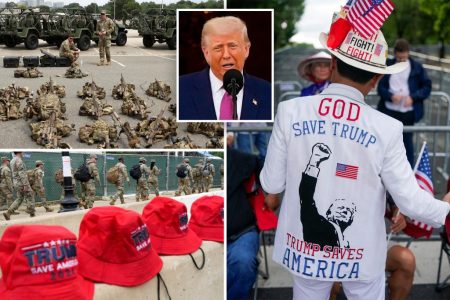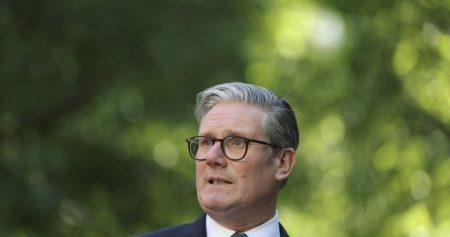On New Year’s Day 2025, a convergence of events highlighted the complex and often volatile interplay of geopolitical tensions, domestic extremism, and freedom of expression. In New York City’s Times Square, hundreds of anti-Israel protesters rallied, voicing their condemnation of Israeli policies and advocating for Palestinian liberation. Organized by groups such as the Palestinian Youth Movement, the Party for Socialism and Liberation, and the People’s Forum, the demonstration featured chants of “intifada revolution” and calls for the end of US aid to Israel. The protestors carried signs denouncing Zionism and expressing solidarity with Palestine. This public display of dissent underscores the enduring controversy surrounding the Israeli-Palestinian conflict and its resonance within American society. While the protesters exercised their First Amendment rights, their rhetoric, particularly the call for “intifada revolution,” raises questions about the potential for such language to incite violence or escalate tensions.
Concurrent with the Times Square protest, a tragic incident unfolded in New Orleans. A suspected terrorist, Shamsud-Din Jabbar, drove a pickup truck bearing an ISIS flag into a crowd of New Year’s Eve revelers on Bourbon Street, resulting in the death of at least fifteen people. Jabbar was subsequently killed in a shootout with police. Three improvised explosive devices were discovered near the scene, including one within Jabbar’s vehicle. The FBI launched an investigation to determine if Jabbar had any accomplices. This attack, occurring on a day of celebration and amidst heightened security, showcased the persistent threat of terrorism and the vulnerability of public spaces. The presence of the ISIS flag on Jabbar’s truck immediately raised concerns about international terrorist connections and the potential for ideological motivations behind the attack.
The juxtaposition of the Times Square protest and the New Orleans attack presents a challenging narrative. While there is no direct link between the two events, they both occurred within the context of broader global conflicts and ideological struggles. The anti-Israel protest highlighted the ongoing debate over the Israeli-Palestinian conflict and its ramifications within the United States. The New Orleans attack, allegedly perpetrated by an individual with possible ties to ISIS, demonstrated the enduring threat of terrorism and the potential for violence fueled by extremist ideologies. The convergence of these events on New Year’s Day served as a stark reminder of the complex and often intertwined nature of international and domestic security challenges.
Further details about the New Orleans attacker emerged as the investigation progressed. Shamsud-Din Jabbar, a 42-year-old US-born military veteran, resided in a predominantly Muslim immigrant community in Houston, Texas. His home was located near a local mosque, Masjid Bilal. Jabbar had traveled to Egypt for ten days in the previous year. His military service record indicated active duty in the US Army from 2007 to 2015, followed by a period in the reserves until 2020. These details raise questions about Jabbar’s potential radicalization, his motivations for the attack, and whether any individuals or groups influenced his actions.
The investigation into the New Orleans attack focused on several key areas. The FBI sought to determine whether Jabbar acted alone or had accomplices who assisted in planning or executing the attack. They also investigated the origin of the ISIS flag found on Jabbar’s truck and whether he had any direct connections to the terrorist organization. Furthermore, investigators explored Jabbar’s background, including his military service, travel history, and social connections, to identify any potential signs of radicalization or extremist leanings. The recovery of improvised explosive devices near the scene raised concerns about the potential for a larger-scale attack and the level of sophistication involved in the plot.
The events of New Year’s Day 2025 underscore the complexities of navigating freedom of expression, ensuring public safety, and addressing the root causes of both domestic and international terrorism. The anti-Israel protest in Times Square, while exercising constitutionally protected rights of assembly and speech, raised concerns about the potential for inflammatory rhetoric to escalate tensions. The New Orleans attack, a horrific act of violence allegedly motivated by extremist ideology, highlighted the persistent threat of terrorism and the need for vigilance in protecting public spaces. The convergence of these events serves as a reminder of the ongoing challenges faced by societies in balancing individual liberties, maintaining security, and addressing the complex factors that contribute to violence and extremism.

